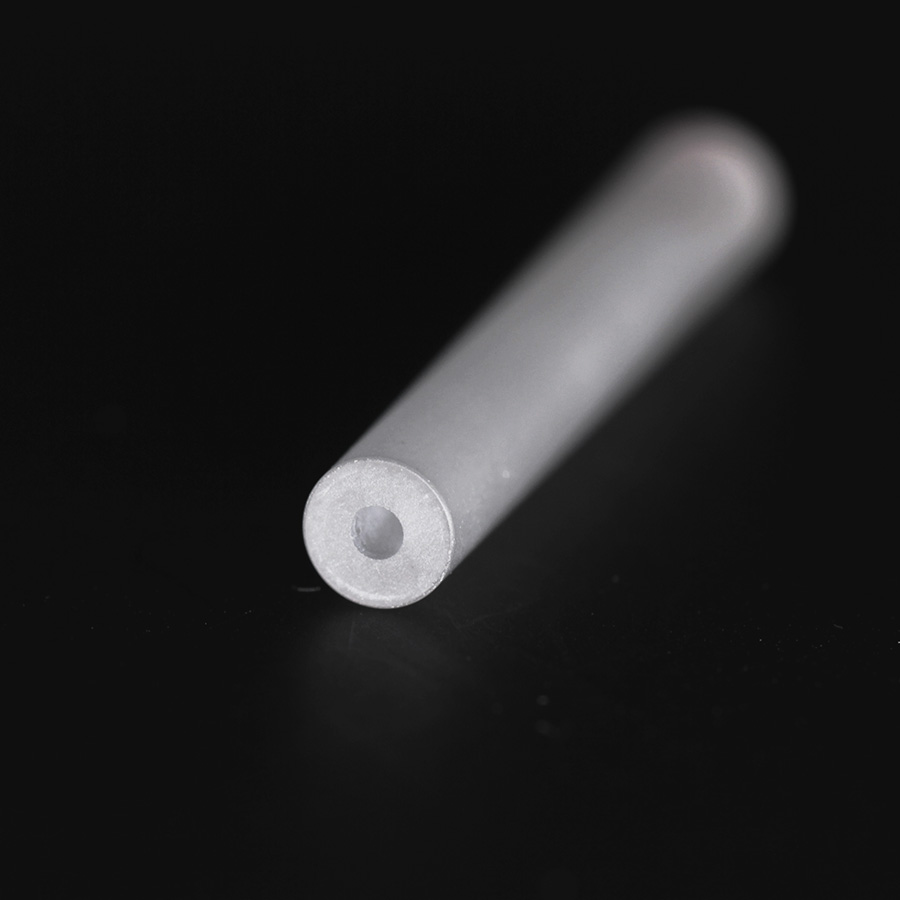China High-Quality Sapphire Transition Lenses Factory Quotes – FLIR Imaging System Sapphire Lenses – Optic-Well
China High-Quality Sapphire Transition Lenses Factory Quotes – FLIR Imaging System Sapphire Lenses – Optic-Well Detail:
A lens is an optical element made of a transparent material whose surface is a part of a spherical surface. Lenses can be widely used in various fields such as security, automotive, digital cameras, lasers, optical instruments, etc. With the continuous development of the market, lens technology has become more and more widely used. The lens is made according to the principle of light refraction. A lens is an optical element made of transparent materials (such as glass, crystal, etc.). The lens is a refracting lens, and its refractive surface is a transparent body with two spherical surfaces (part of the spherical surface), or one spherical surface (part of the spherical surface) and one plane. The images it forms have real and virtual images.
Typical Lenses:
. Convex lens: thick in the middle, thin at the edge, there are three kinds of Convex Lens: Biconvex, Plano-Convex, and Concave-Convex;
. Concave lens: thin in the middle, thick at the edge, there are three kinds of Concave lens : Biconcave, Plano-Concave, and Convex-Concave.
. Others: Others Customized Lenses can be made if you can provide your specifications.
High optical quality Sapphire is used for lenses in systems that require durability and ruggedness where standard materials suffer from grit, impact and temperature damage. Sapphire lenses also offer high performance in laser devices, offering high thermal conductivity. The broad transmission of Sapphire, across visible and NIR spectrums(From 0.15~7.5 microns), make it ideal for FLIR imaging systems in hazardous environments, or where the reduced thickness of Sapphire lenses lead to reduced system footprint. At the same time, sapphire has acid and alkali corrosion resistance, allowing sapphire to work under any harsh working conditions
Contact us for more information about sapphire lenses. We are happy to take prototypes sampling works with you.
Product detail pictures:
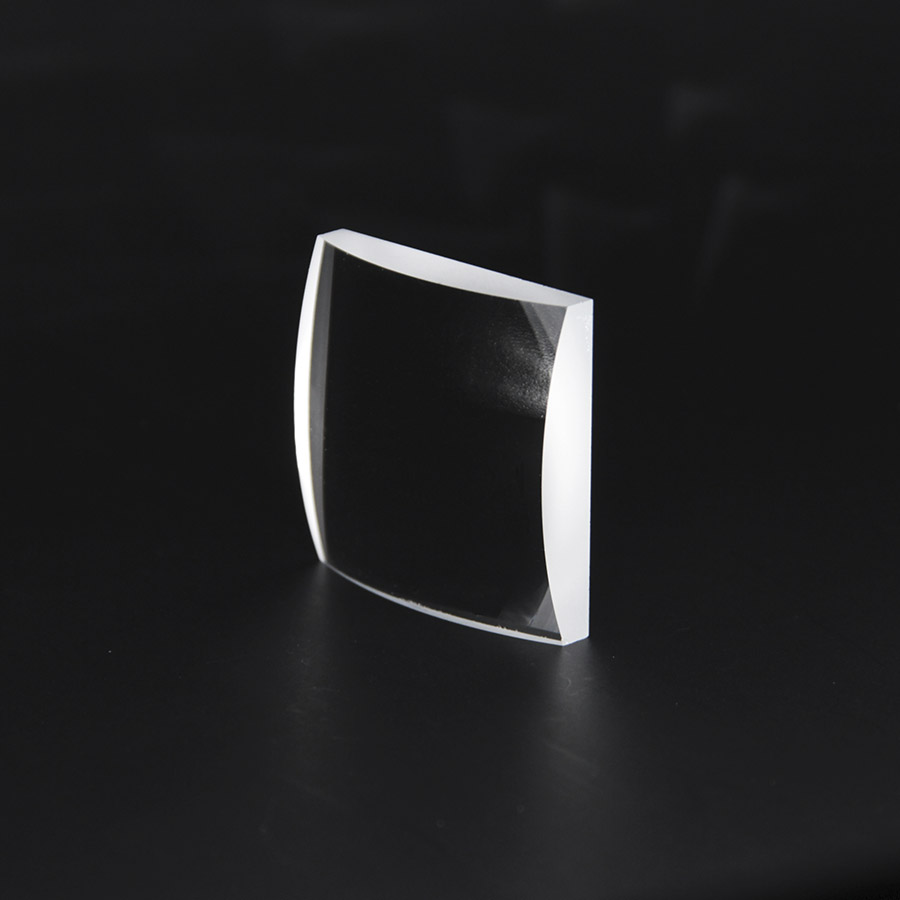
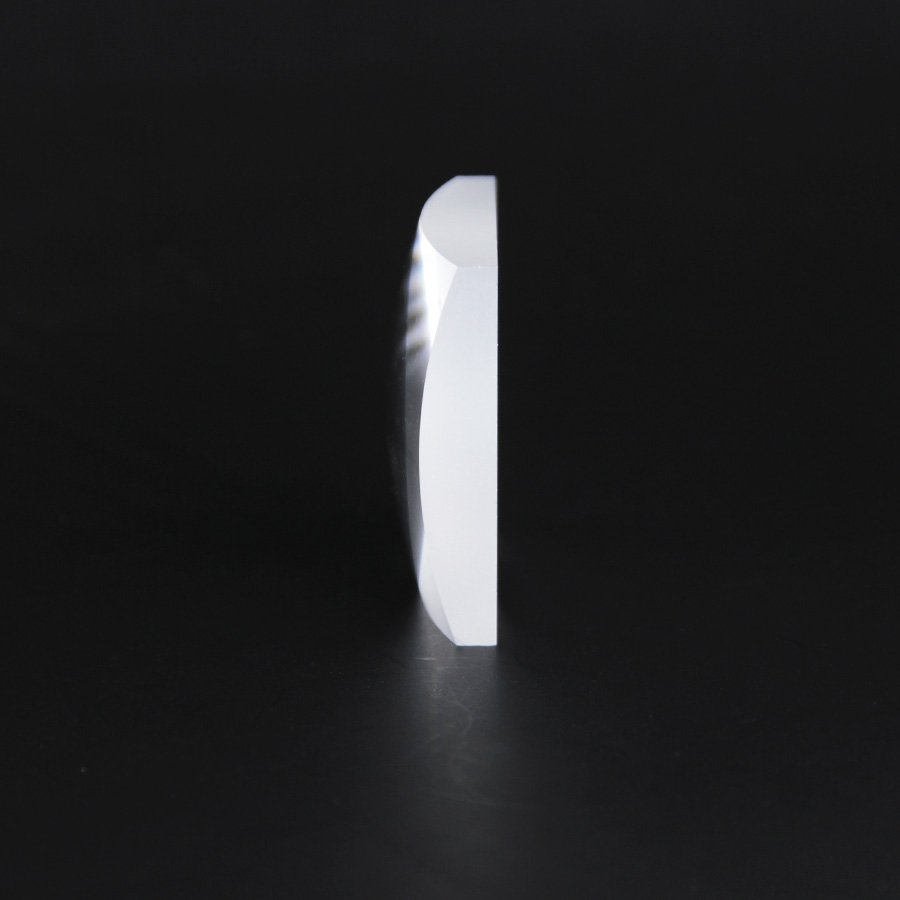
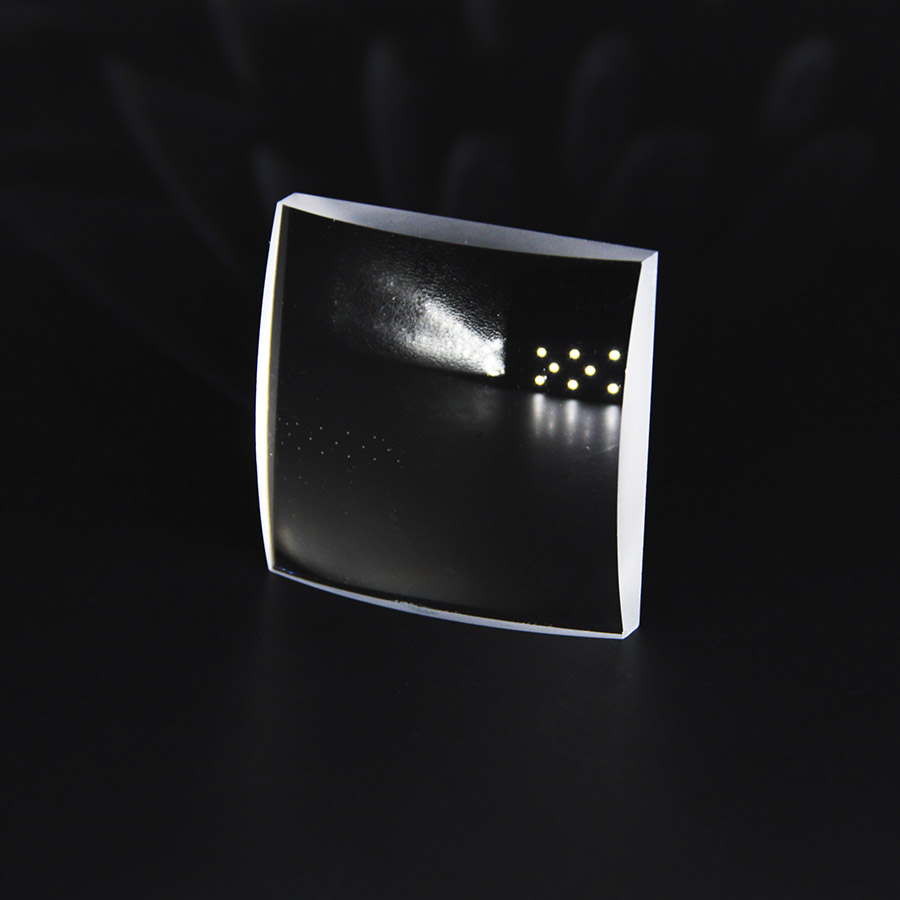

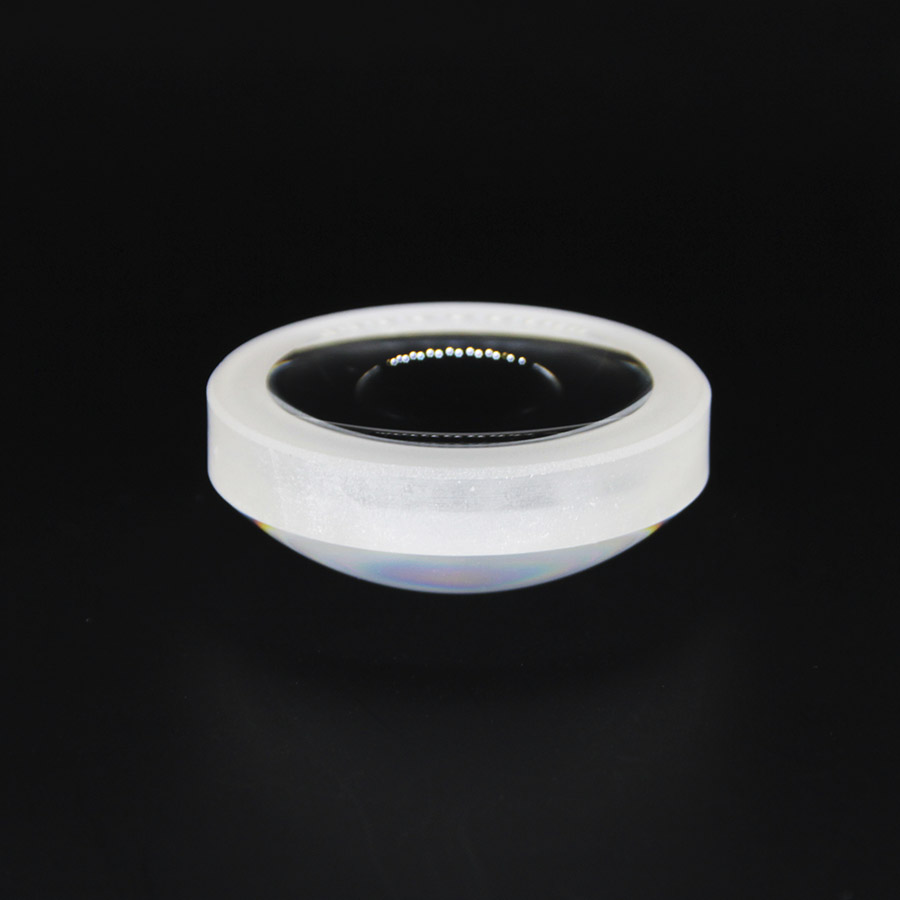
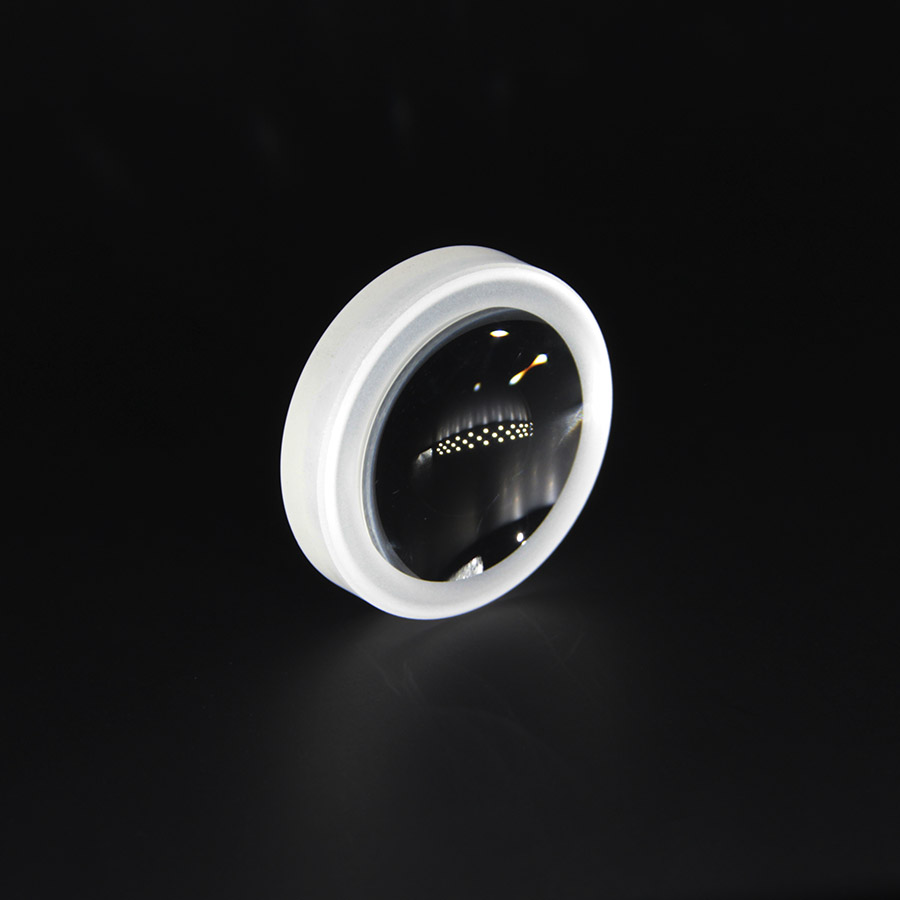
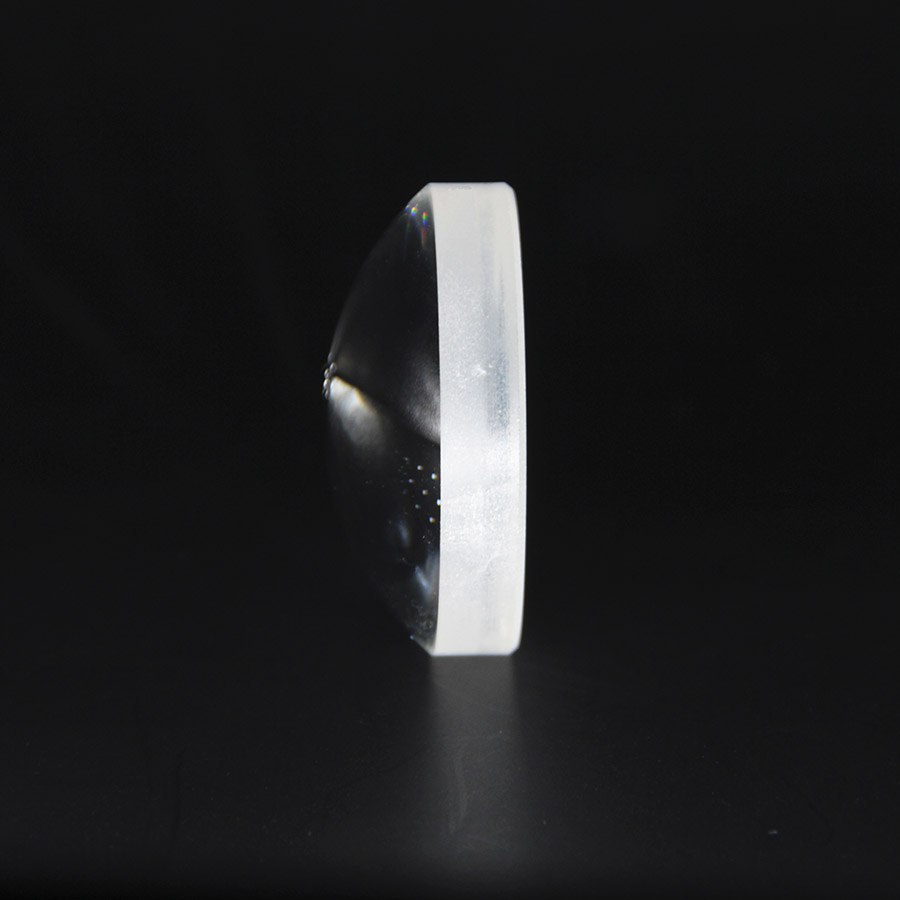


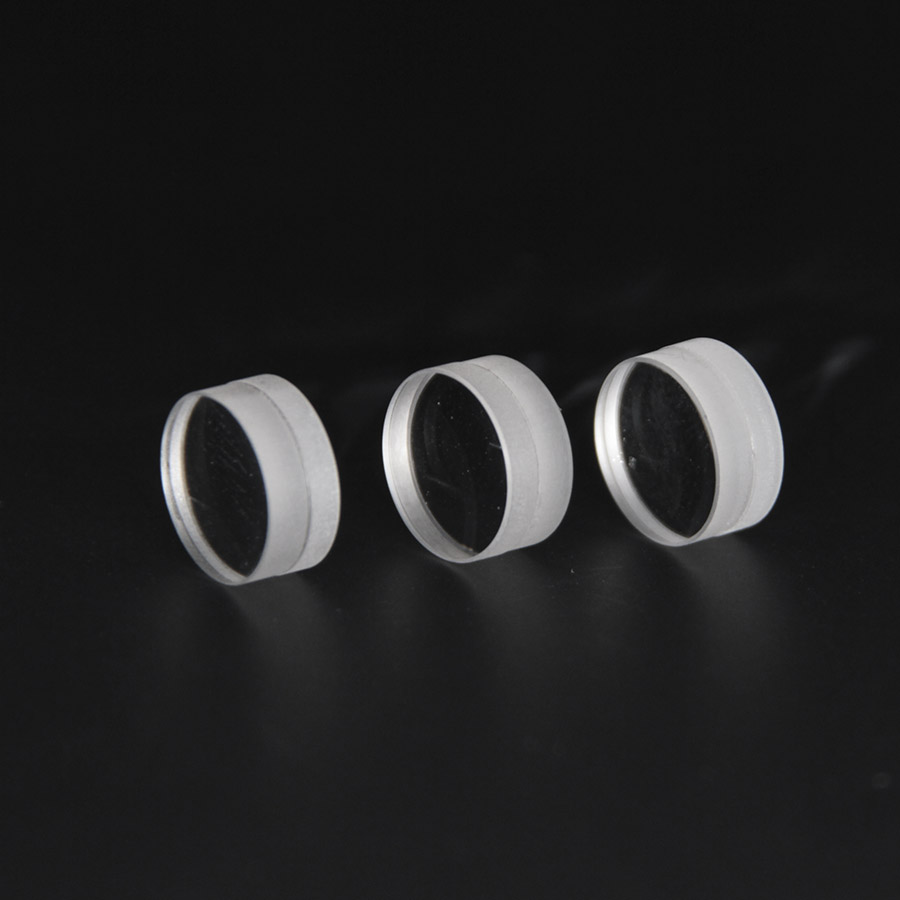
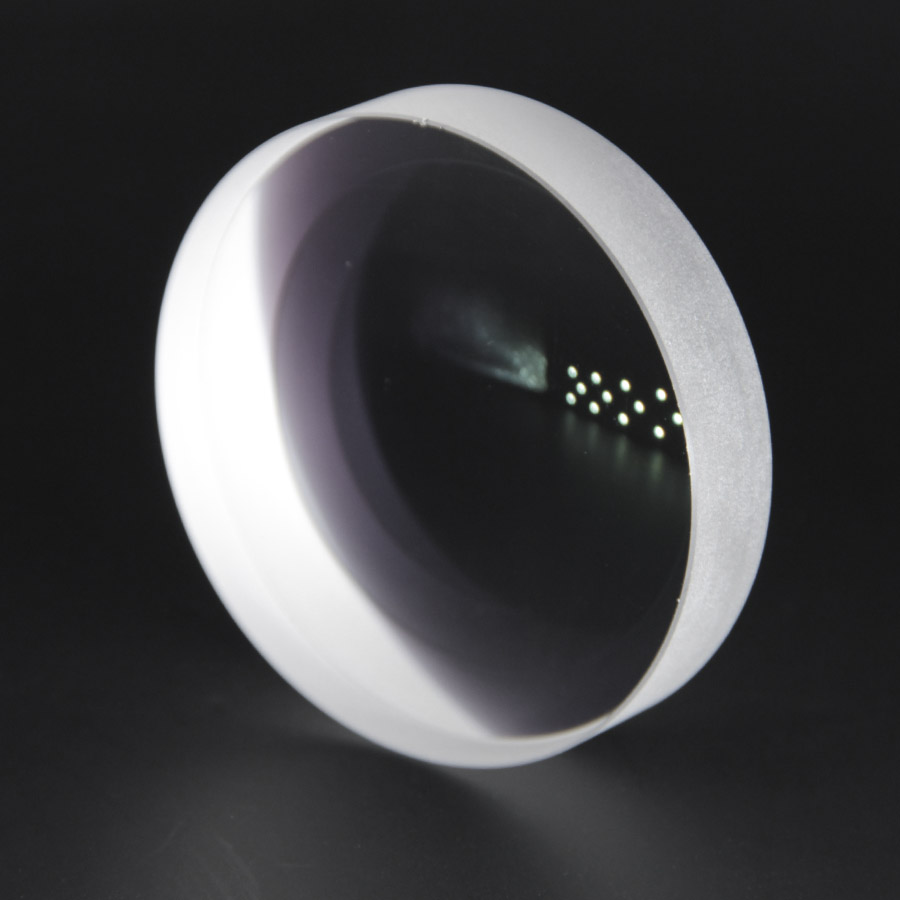

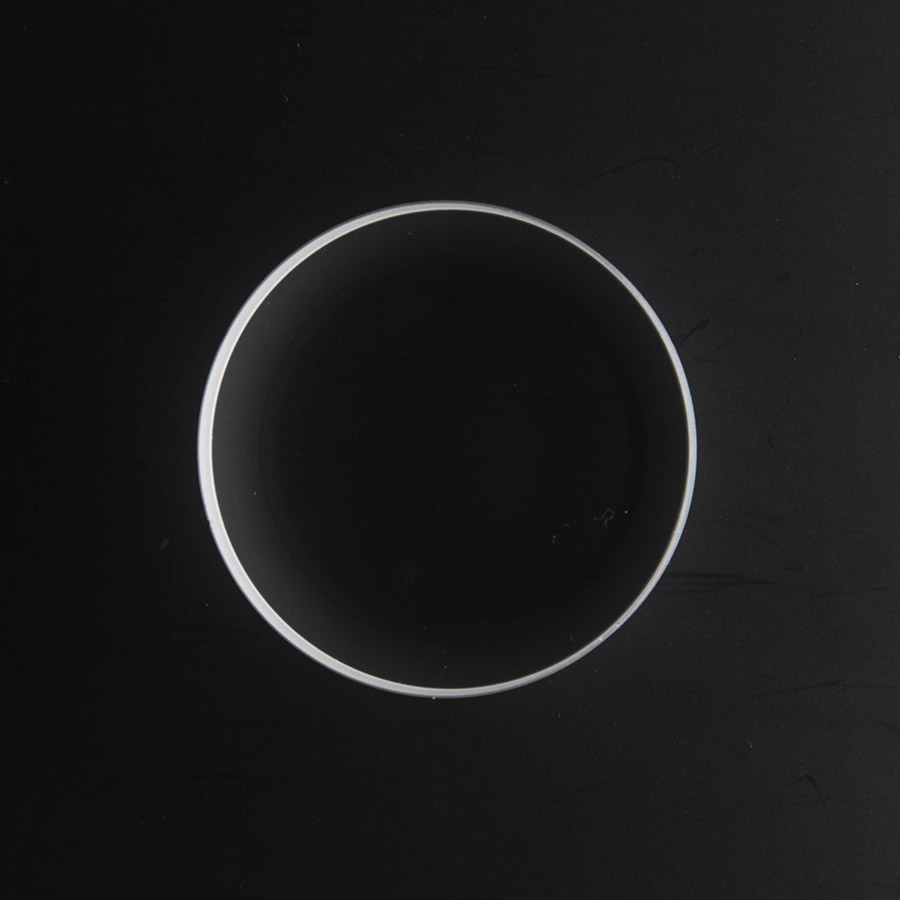

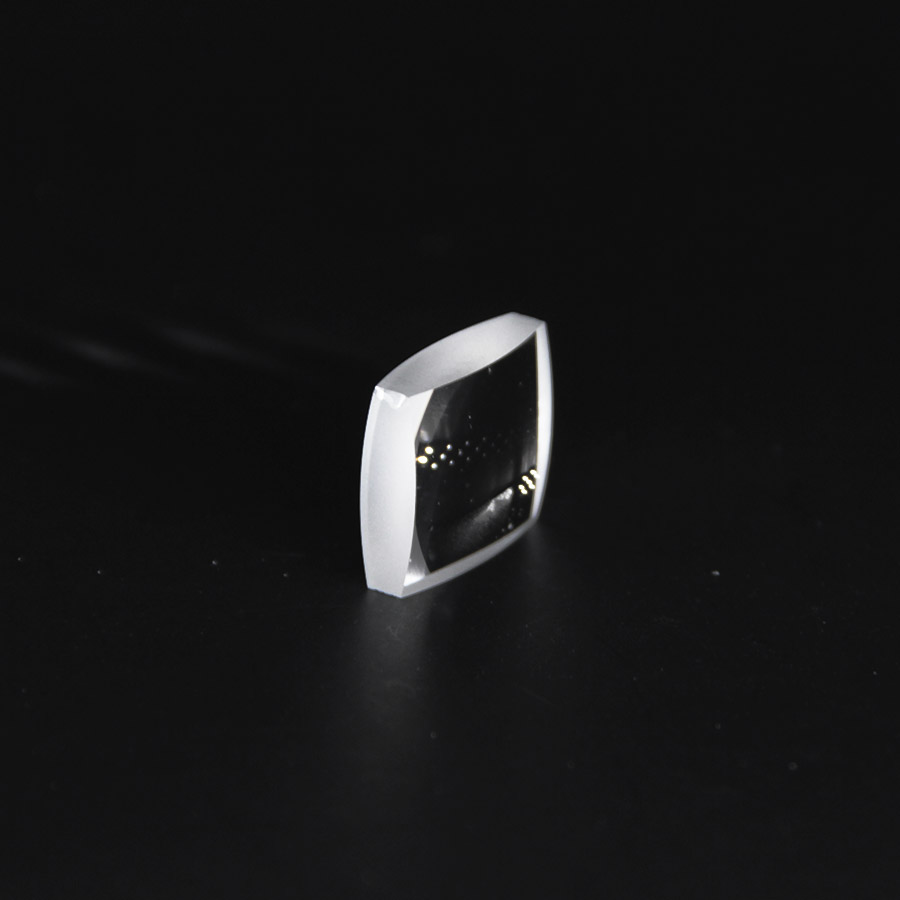
Related Product Guide:
We have state-of-the-art equipment. Our products are exported for the USA, the UK and so on, enjoying a fantastic status among the clients for China High-Quality Sapphire Transition Lenses Factory Quotes – FLIR Imaging System Sapphire Lenses – Optic-Well , The product will supply to all over the world, such as: Albania, Slovenia, Spain, Please really feel free to send us your requirements and we'll respond to you asap. We have got a professional engineering group to serve for your just about every detailed needs. Cost-free samples could be sent for you personally to understand much more information. In an effort to meet your requires, please really feel free to make contact with us. You may send us emails and contact us directly. Moreover, we welcome visits to our factory from around the globe for much better recognizing of our organization. nd items. In our trade with merchants of numerous countries, we usually adhere for the principle of equality and mutual benefit. It is actually our hope to market, by joint efforts, each trade and friendship to our mutual advantage. We look forward to getting your inquiries.
Product variety is complete, good quality and inexpensive, the delivery is fast and transport is security, very good, we are happy to cooperate with a reputable company!



